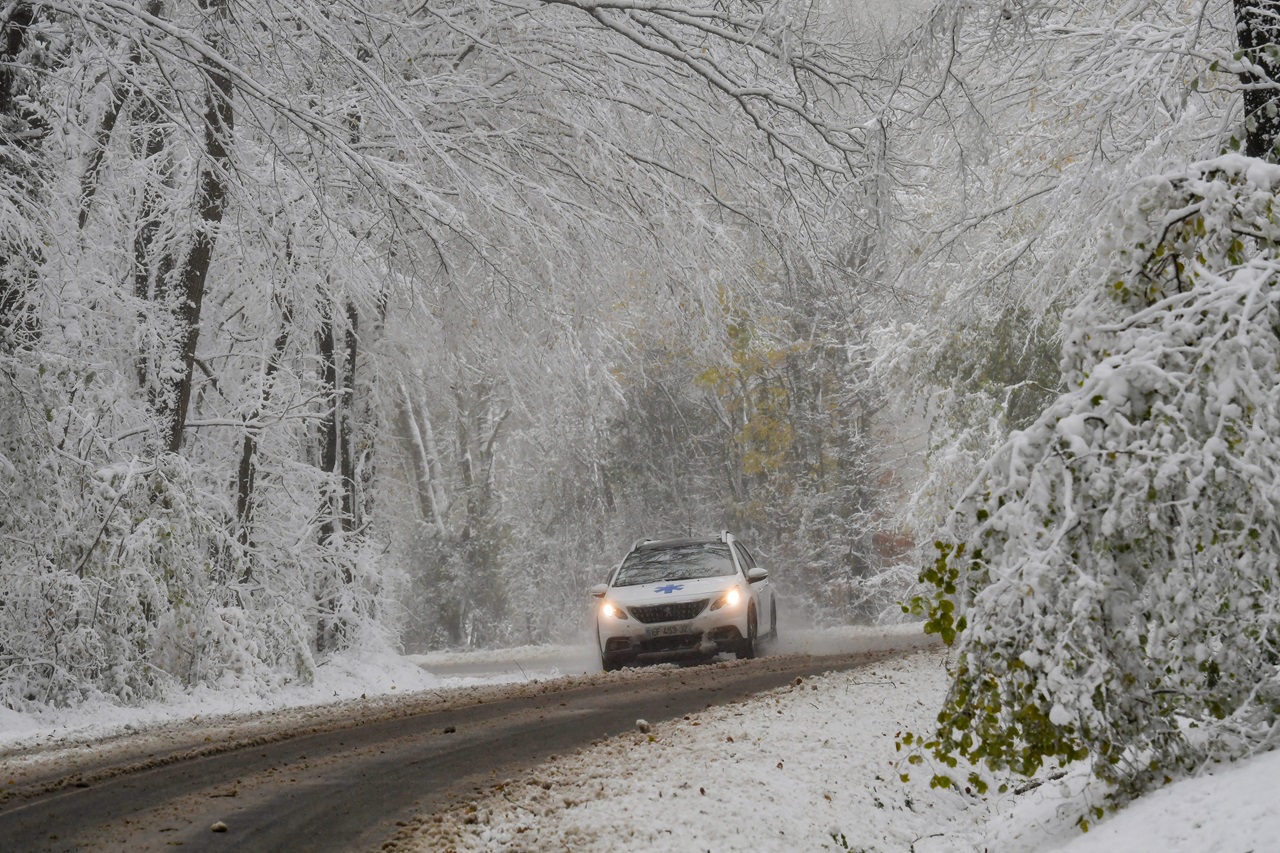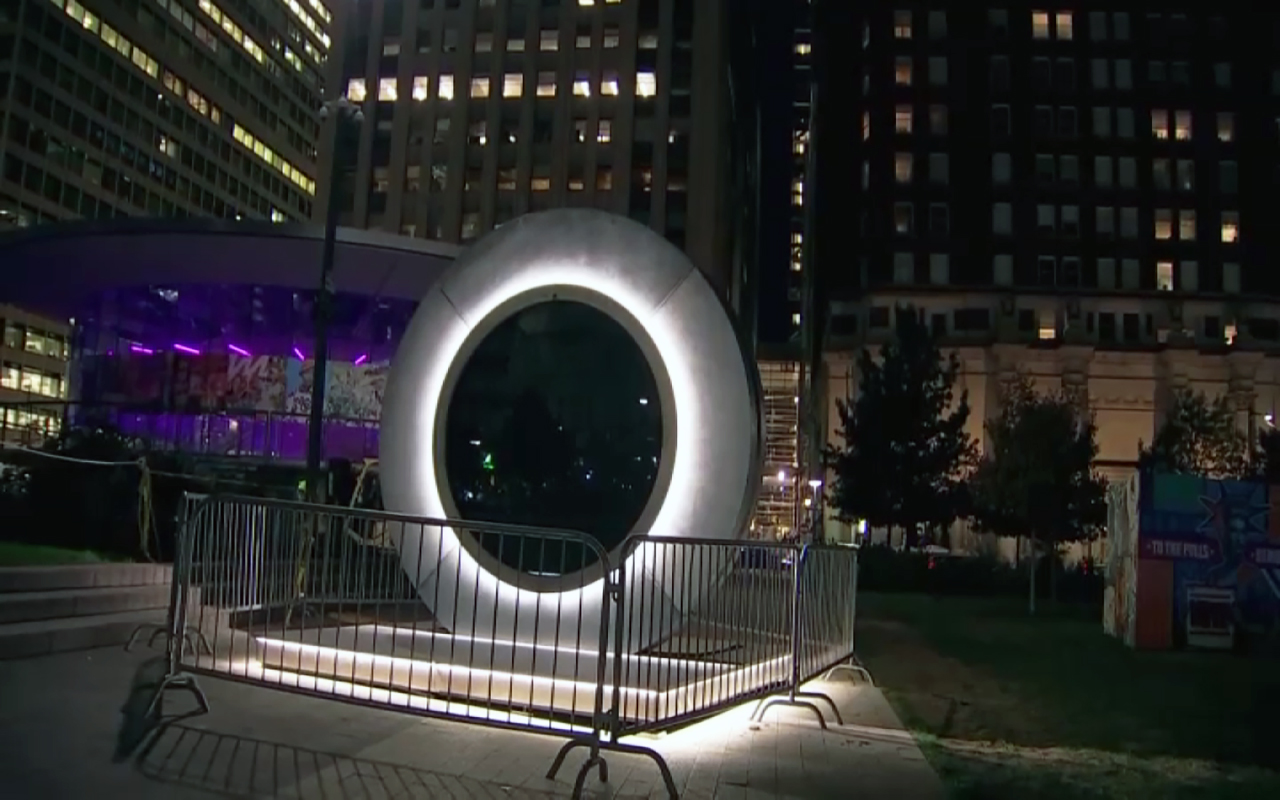
Communities of color at higher risk for oil train explosions, report finds
More than half (58 percent) of people living within explosion blast zones are people of color, while just one-third of people living outside the blast zone are…
Communities of color and low-income communities in Philadelphia face live in areas with far greater risk for explosions and pollution due to oil trains, according to a new report published by ForestEthics, ACTION United and Penn Environment.
Using race and class data, the report, "Environmental Justice and train oil in Pennsylvania," found that people of color and low-income individuals lived in the one-mile oil train evacuation zone in far greater numbers than their white counterparts.
More than half (58 percent) of people living within Philadelphia’s oil train blast zones are people of color, while just one-third of people living outside the blast zone are people of color.
“These oil trains go through our neighborhoods, many to the Philadelphia Energy Solutions oil refinery. They go through our neighborhoods, but we can’t move away because we don’t necessarily have the resources to do so,” Teresa Hill, a representative of ACTION United and a resident of Southwest Philly, said in a statement. “We know that the CEOs who are profiting off these oil trains can live wherever they want -- they don’t have to worry about their grandkids playing on the playground with explosive trains right nearby.
To develop the report, the participants used a new tool for the Environmental Protection Agency (EPA) called Justice EJSCREEN Screening Tool) and maps of oil transportation routes to assess the level of risk in populations more Philadelphia vulnerable.
While the blast zones cover only 12 percent of the city’s land, the report indicates that about 50 percent of “communities statistically vulnerable to environmental racism” live within these blast zones.
“People in Philadelphia are being kept in the dark about these dirty and dangerous oil trains going right by their homes and workplaces, exposing them to pollution and the threat of catastrophe day in and day out,” said Tracy Carluccio, Deputy Director, Delaware Riverkeeper Network. “We need the City to publicly disclose the what, when, and where of these hazardous trains and provide our vulnerable neighborhoods with urgently needed derailment and oil spill emergency response plans, before there is another accident.”
One aim of the report is to get the Office of Emergency Management to conduct community meetings in every neighborhood to discuss oil transportation routes to evacuation plans in the event of a derailment.
The organizations also urges the EPA to investigate and prevent environmental injustice in areas of explosion trenes. El report also reviewed similar data in Pittsburgh, Harrisburg and Reading. These results showed that statewide minority communities in these cities also face disproportionately pollution threats from explosions station.










LEAVE A COMMENT:
Join the discussion! Leave a comment.